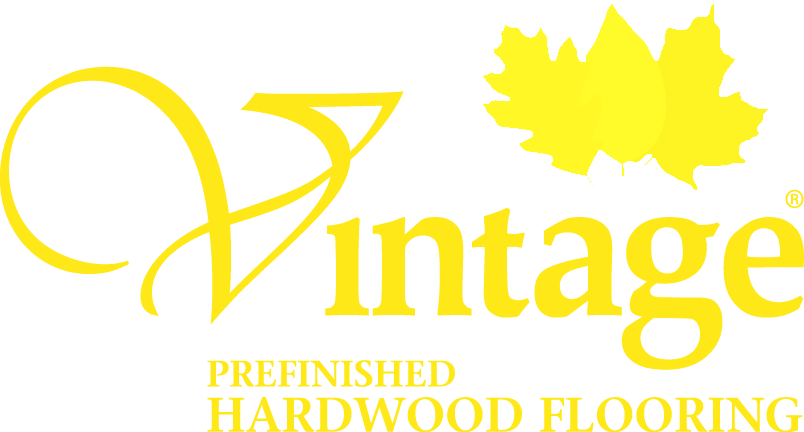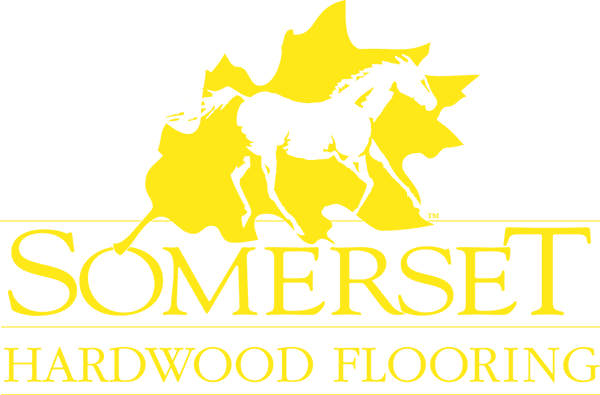Maintenance
Searching for a Reliable Hardwood Floor Installation Service Near Detroit, MI?
Contact Us for a Free Estimate
248-539-0611
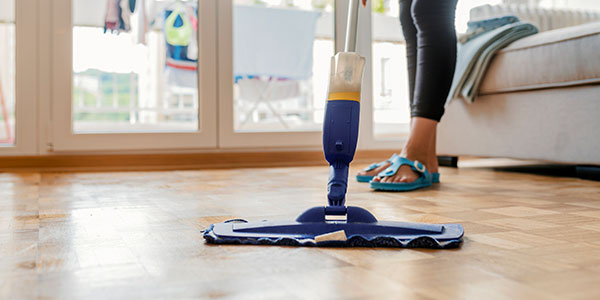
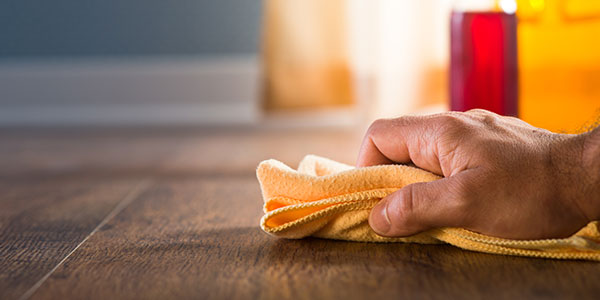
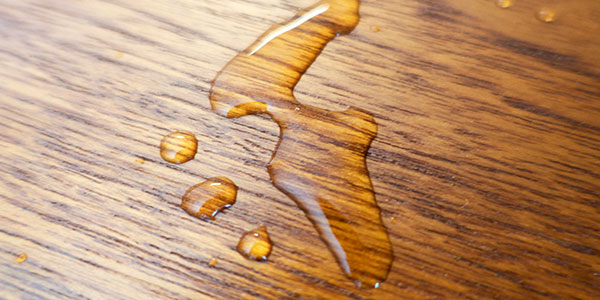
Maintaining Your New Floor is Important
Here are some common maintenance questions from Hardwood Floors Magazine
Can I use one of those steam Cleaners advertised on TV on my wood floor?
Everyone has seen the commercials showing a steam cleaner magically sanitizing, disinfecting, deodorizing, and cleaning a wood floor. But that doesn’t mean that wood flooring manufacturers or finish manufacturers think steam cleaners are appropriate for a wood floor; in fact, some have begun to specifically mention steam cleaners in their list of don’ts. Inspectors are also starting to come across floors that appear to have been destroyed by repeated steam cleaner use. Peeling finish, whitening finish and cloudy finish are just some of the side effects being reported by people looking at floors after steam cleaning. In general, the oft-repeated industry saying, “Water and wood don’t mix” holds true. Unless the wood flooring or finish manufacturer says it’s OK, it’s safest to assume steam cleaning is a no-no on a wood floor.
I read that a good wood floor Cleaner Is vinegar with water. Is that correct?
Vinegar and water used to be a typical recommendation for cleaning wood floors with a urethane type of finish. These days, however, most manufacturers recommend cleaners that are specifically formulated for wood floor finishes; in fact, vinegar is acidic, and using too much could damage the finish. People who insist on still using vinegar should use plain vinegar—not apple cider vinegar, red wine vinegar or any other type, which could leave a sticky residue on the floor.
I keep hearing that I should find out which maintenance products are recommended by the finish manufacturer, but I have no idea whose finish Is on our wood floors. What should I use?
The vast majority of wood floors around today, whether they were finished on-site or are factory-finished, have some sort of urethane-type finish. For those finishes, a cleaner recommended by any major wood floor finish or wood floor manufacturer should be just fine. A safe bet is to stop by a local wood flooring retailer and find out what they recommend and sell for use on wood floors. Not all maintenance products that are labeled for use on wood floors are recommended by major finish and wood flooring manufacturers. (In fact, some may even void your floor’s warranty.) For one reason, see below.
I’ve been using a product on my wood floor that says It Is a wood polish and conditioner, now It seems like my floor has a sticky film all over it, and I can see footprints In It. how do I get this residue off?
Unfortunately, many consumers are bewildered to discover that, although the product they used said on the label it was for wood floors, it wasn’t really recommended for wood floor finishes… and now they have a big mess on their hands. Some of these products seem to leave a film on the floor that is very difficult to remove. Others may not leave a sticky film, but may cause contamination problems down the road when the floor needs to be refinished. If you know the manufacturer of the wood floor or the finish on the floor, call and ask for their recommendation as to what to do. If you don’t know, you’ll need to call a local wood flooring professional. He or she may be able to use a product specifically designed for stripping such residue off a floor. If not, the floor will probably require resanding.
Can I vacuum my wood floors?
Vacuuming wood floors is a great idea. Dirt and particles that are left on the floor act like an abrasive when people walk on them, so vacuuming them as often as possible will prolong the life of the finish. One caveat: Don’t use a vacuum with a beater bar, which can damage the finish.
We bought a different area rug to go under our dining room table, and It’s a different shape from the old one. Now you can see the lines of where the old ones were. How do I get rid of them?
Wood is a natural product, and as it oxidizes and is exposed to light, it changes color. Some species—American cherry, Brazilian cherry and others, especially exotics—are known to change color drastically. There is no way to prevent this, although waiting as long as possible (ideally, at least six months) after the floor is installed to place rugs can help. So can moving area rugs from time to time. If you already have distinct lines on the floor, though, there isn’t usually a quick fix to remove them (even resanding won’t always remove the color difference). The unexposed part of the floor will eventually “catch up” to the rest of the floor, if you can live with looking at the floor as-is until then.
I moved the throw rugs I had In my kitchen, and now I Can see the pattern of the back of the rug on the floor. How do I get that off?
Many area rugs have backings that grip the floor but are unkind to wood floor finishes. The plasticizers in the backings actually damage the finish; it’s this chemical change that is creating the pattern you see on the floor. So, unfortunately, no amount of cleaning is going to remove what you see. Having the floor abraded and recoated by a professional may be enough to remove the marks; but it’s likely that the floor must be resanded. In the future, remember that only rugs with a natural backing are safe to use on a wood floor.
I thought my contractor could just put new finish on my floors, but he’s telling me they should be resanded. What does that mean? How do you know?
When your contractor talks about “recoating,” that means he’s going to lightly abrade the finish on the floor and put a new coat of finish on, or he’s going to use a chemical recoating system that can put a new coat of finish on the floor without any abrasion. When he says, “resand” that means resanding the floor down to the bare wood and starting over—a much longer and involved process. One big indicator that tells you if you need a recoat or a resand is how much finish is left on the floor. If there are bare spots on the floor, where there isn’t any finish left, you can’t just recoat. A floor with bare spots has to be resanded. Beyond that, recoating versus resanding is largely a matter of your expectations. If you want your floor to look like new, you will need a resand. If you can live with still seeing some scratches, dents and other damage to the floor, recoating is probably the way to go. Be aware, though, that recoating can seem to highlight the imperfections that are left in the floor.
I saw a product at a big box store that says it will restore the shine to my floor; I just have to Clean the floor and mop It on. Can I do that Instead of getting my floors re-coated?
There are various products on the market that promise to make your floor look like new without having to actually sand or recoat the floor. These products are usually an extremely thin finish that you can apply yourself. The first thing with such products is to make sure they will be compatible with the finish on the floor and won’t contaminate your floor for future recoating. If you know the manufacturer of your finish or your floor (in the case of a factory-finished floor), ask them before using the product. Second, be aware of typical pitfalls when using a product such as this. You must clean your floor extremely well before applying the product; if you don’t, you’ll be adhering dirt and debris right into the floor. Also, be aware that, because the product is so thin, it wears off quickly and often unevenly. So, no, products like these aren’t anything like the results you would get from having your floor professionally recoated.
I have a squeak In the old wood floors In one of my bedrooms. I read that I Can put baby powder In the floor to fix the squeak. Does that work?
Getting talcum powder or graphite into the small gaps around squeaking boards may be a short-term fix, although any time you put something that isn’t recommended on the floor you run a risk of contaminating the floor for future recoats. The best option for squeaks is to solve the problem, which, for squeaking floors, is a loose board. There are many ways and products to address that, from screwing down the board from below to using epoxy repair kits.



